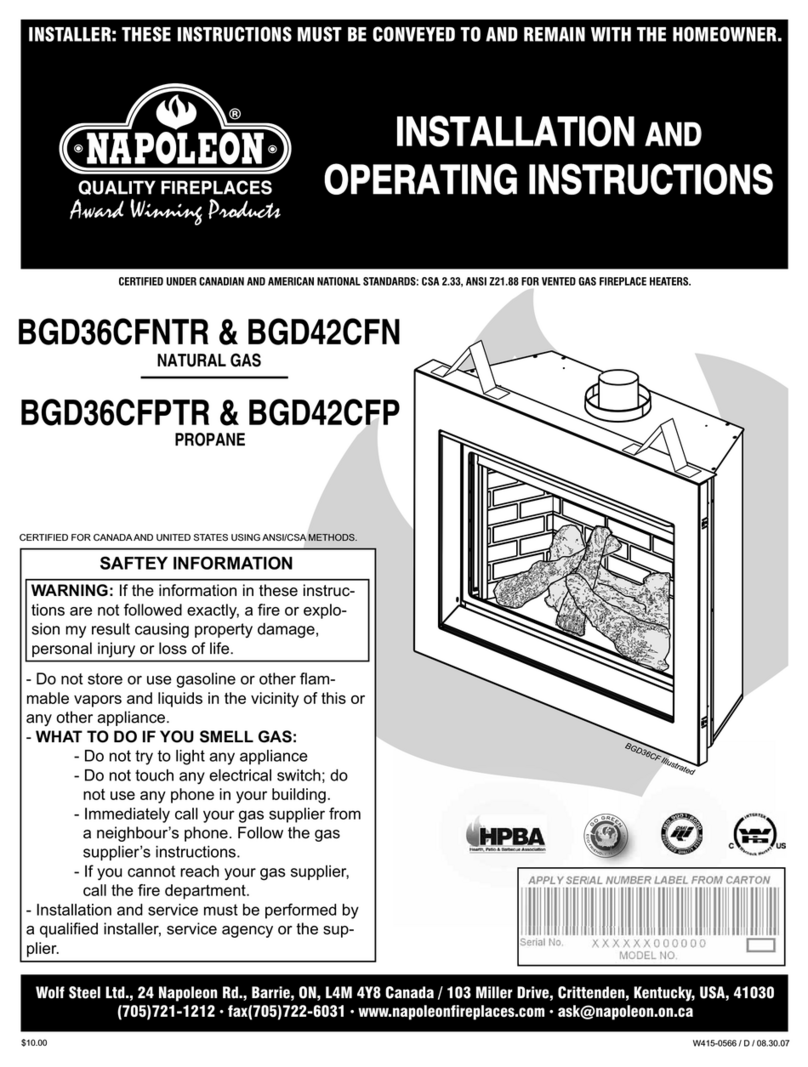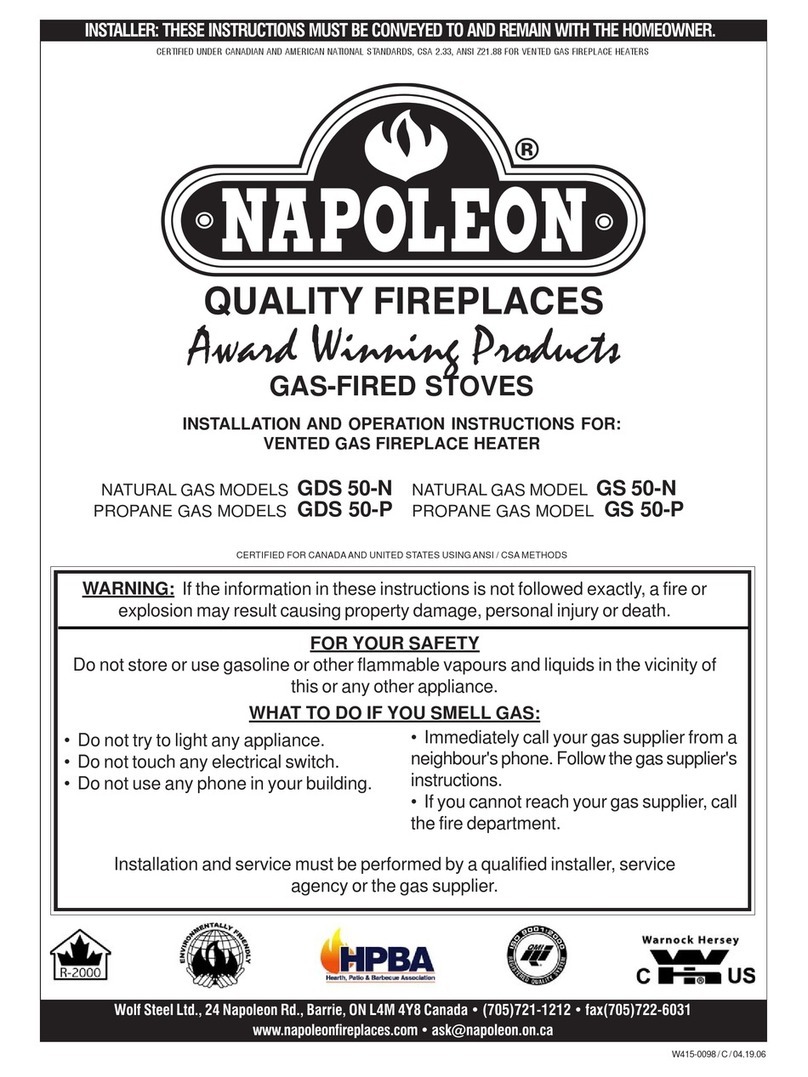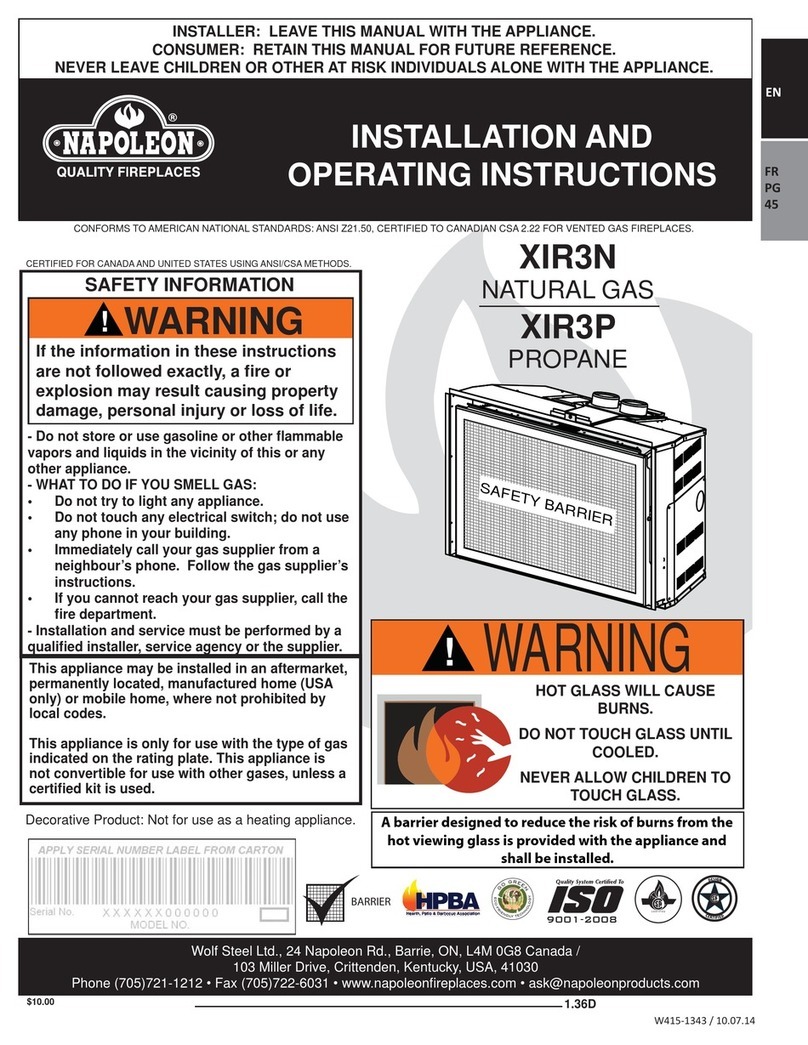Napoleon GD36NTR User manual
Other Napoleon Indoor Fireplace manuals
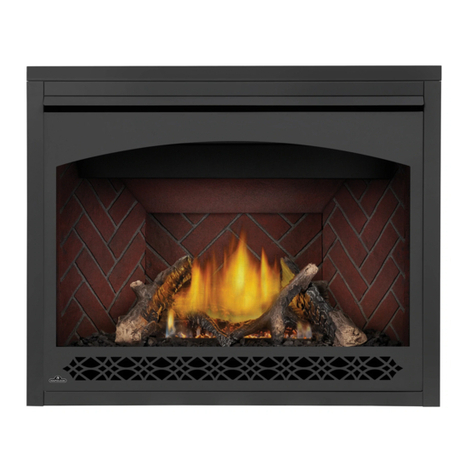
Napoleon
Napoleon Ascent X 42 Series User manual
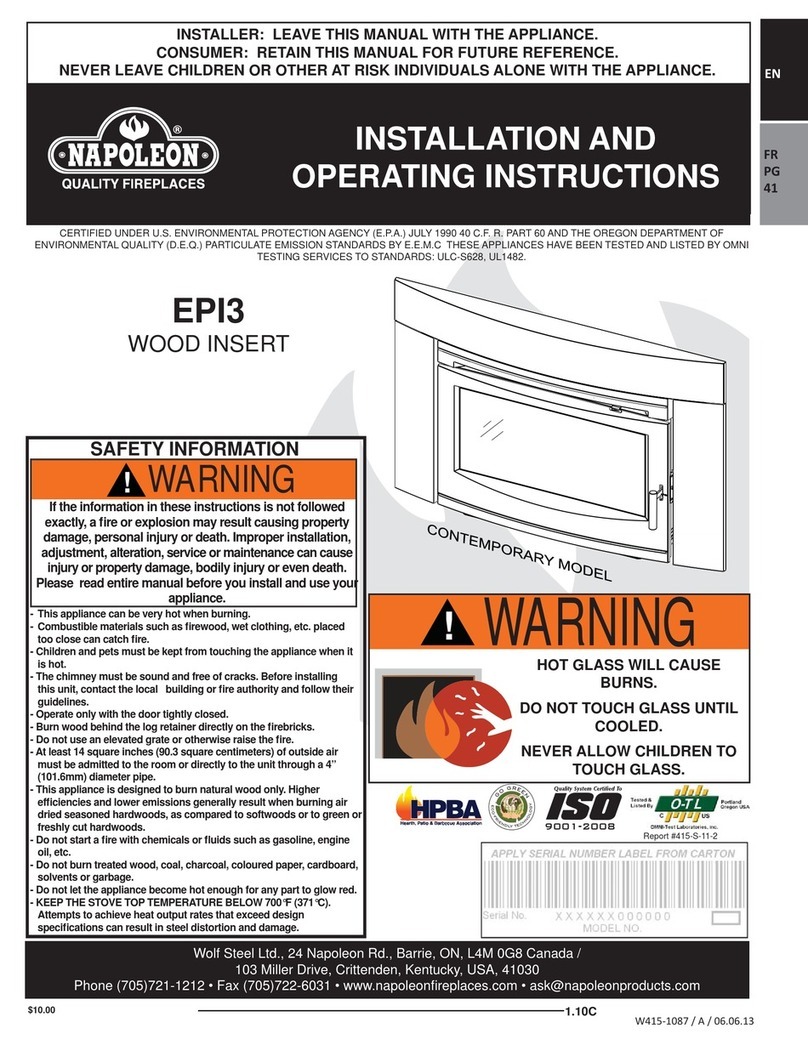
Napoleon
Napoleon EPI3 User manual
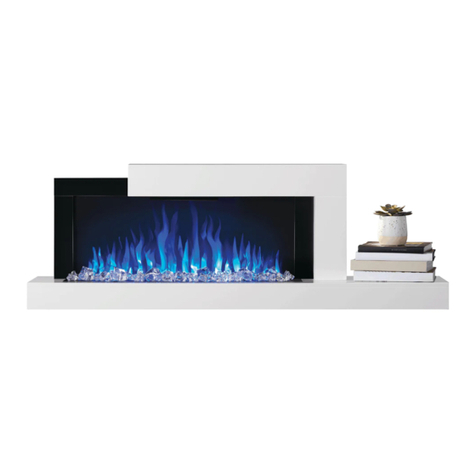
Napoleon
Napoleon Stylus Cara User manual
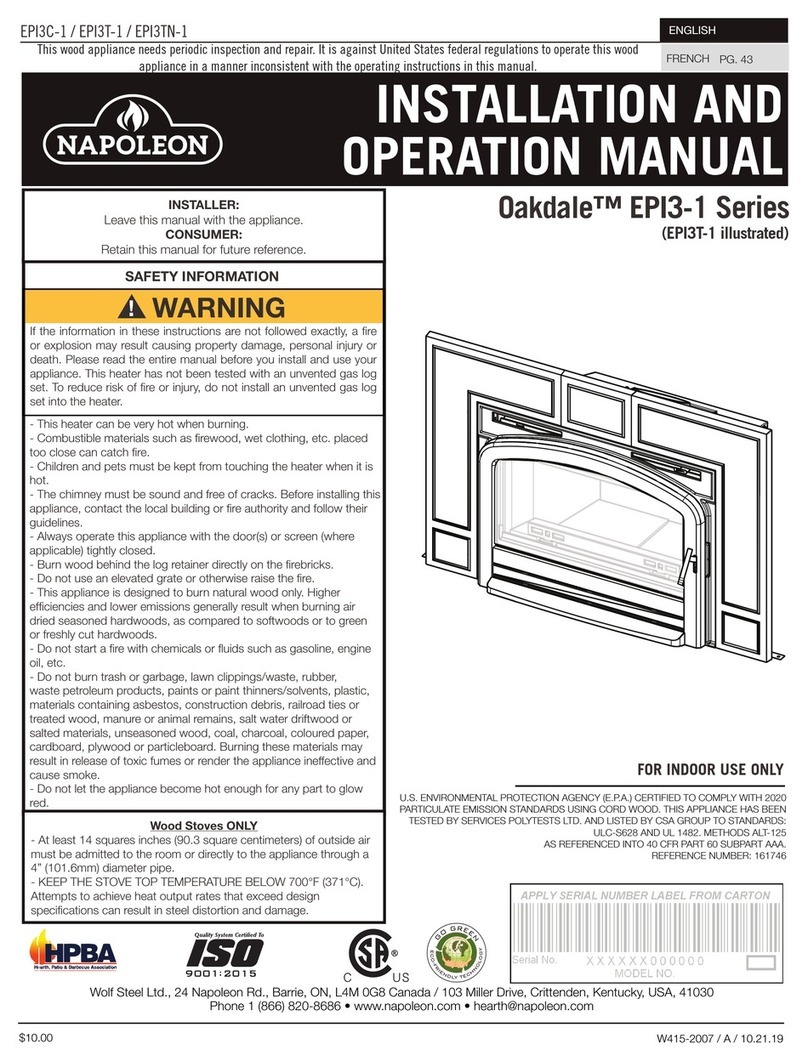
Napoleon
Napoleon Oakdale EPI3-1 Series User manual
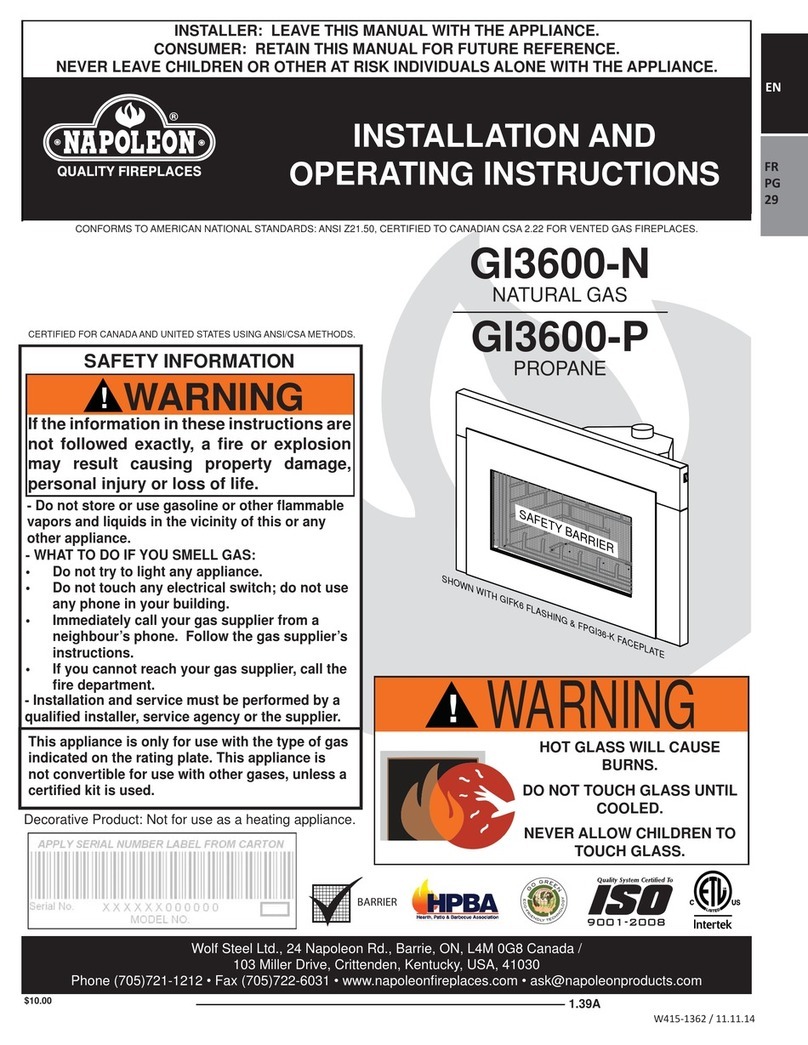
Napoleon
Napoleon GI 3600-N User manual
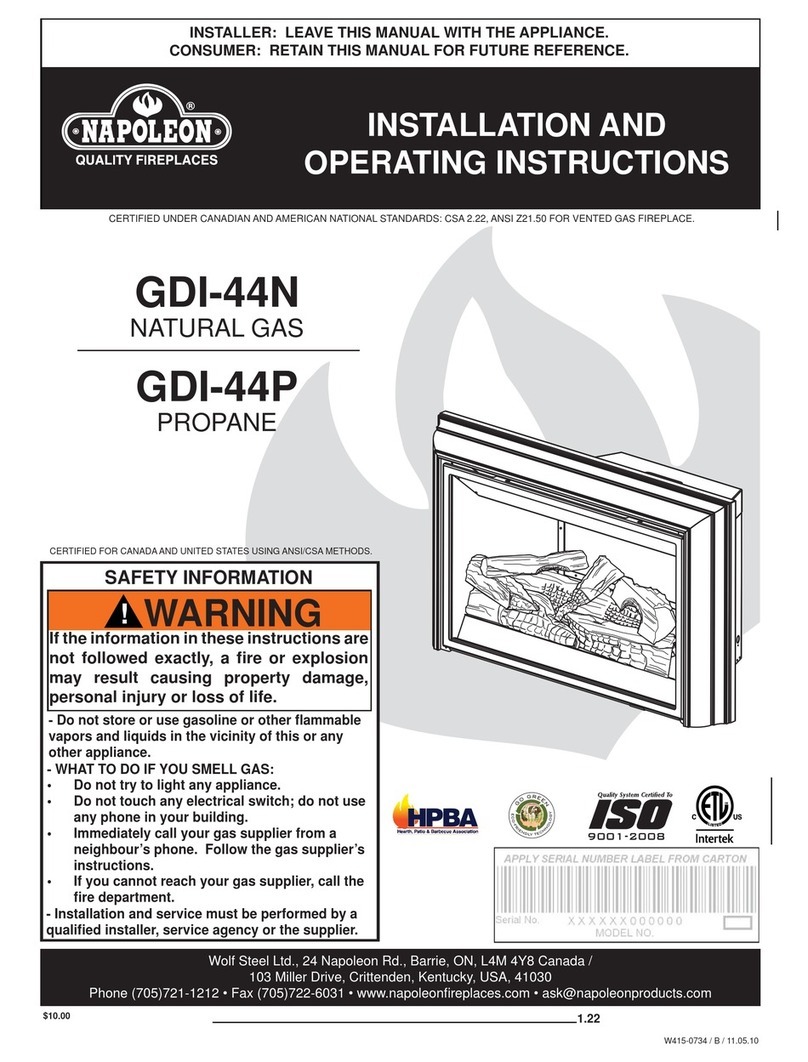
Napoleon
Napoleon GDI-44N User manual
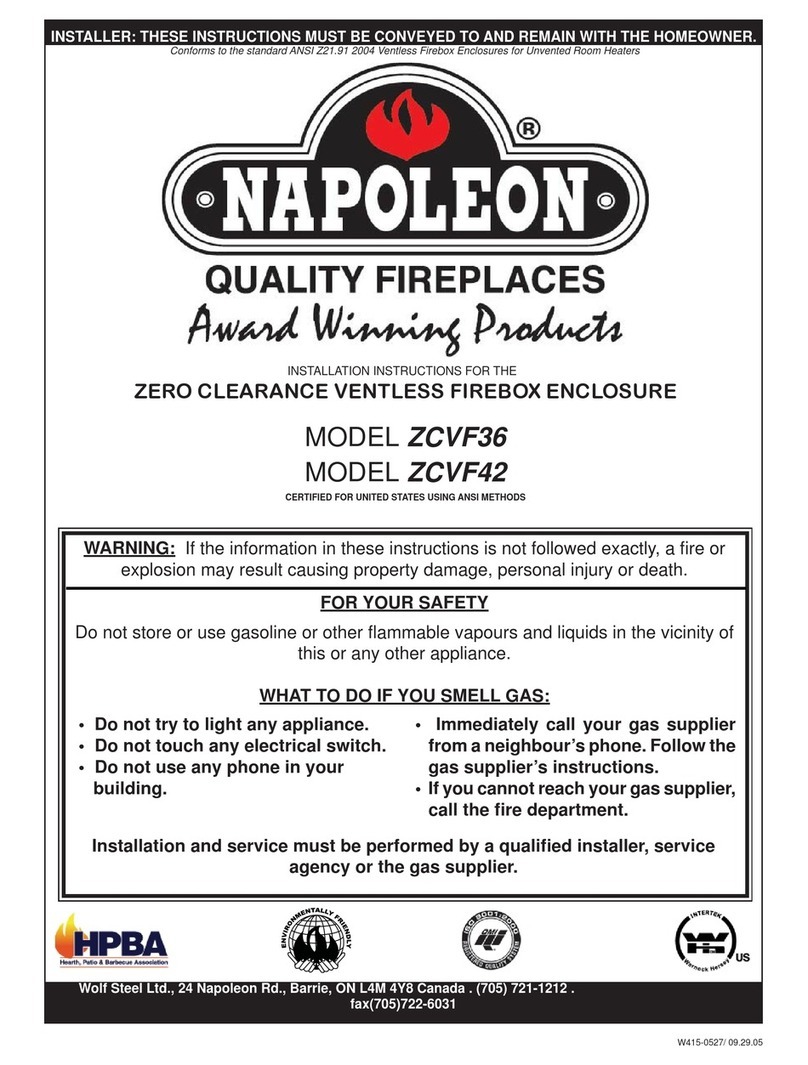
Napoleon
Napoleon ZCVF36 User manual

Napoleon
Napoleon GD34-1NT User manual

Napoleon
Napoleon EFL42S User manual
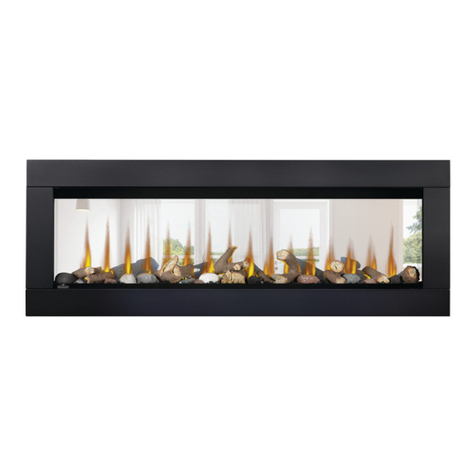
Napoleon
Napoleon CLEARion Elite User manual
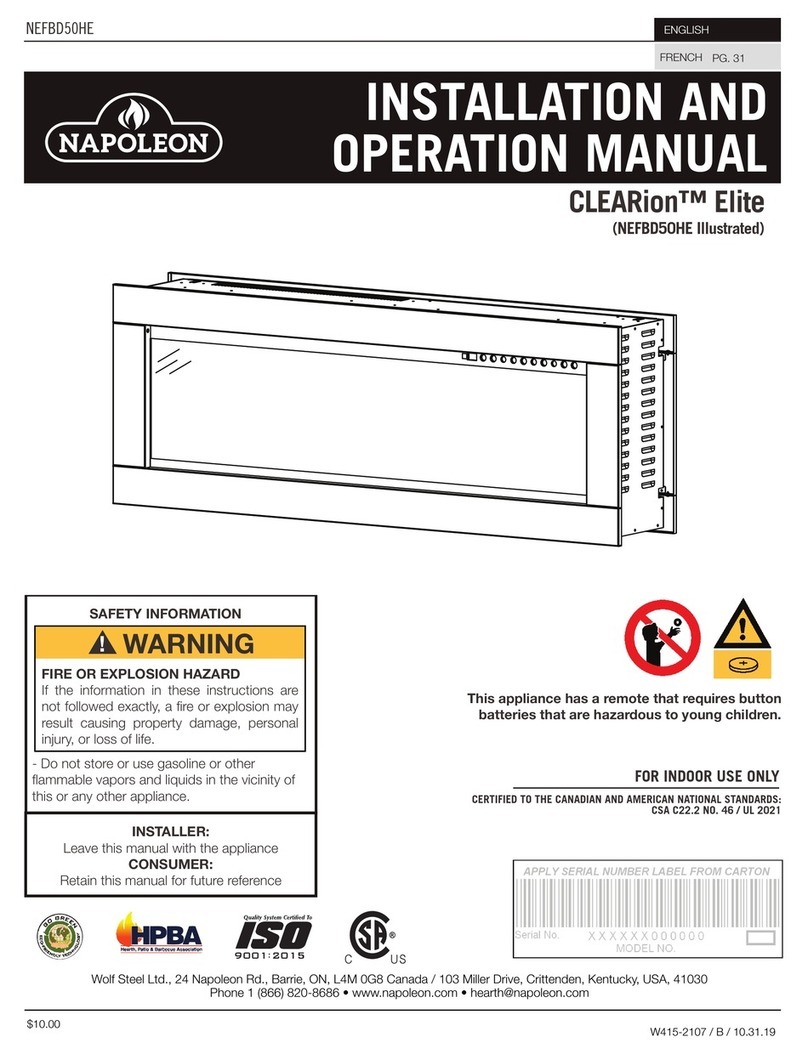
Napoleon
Napoleon CLEARion Elite Series User manual
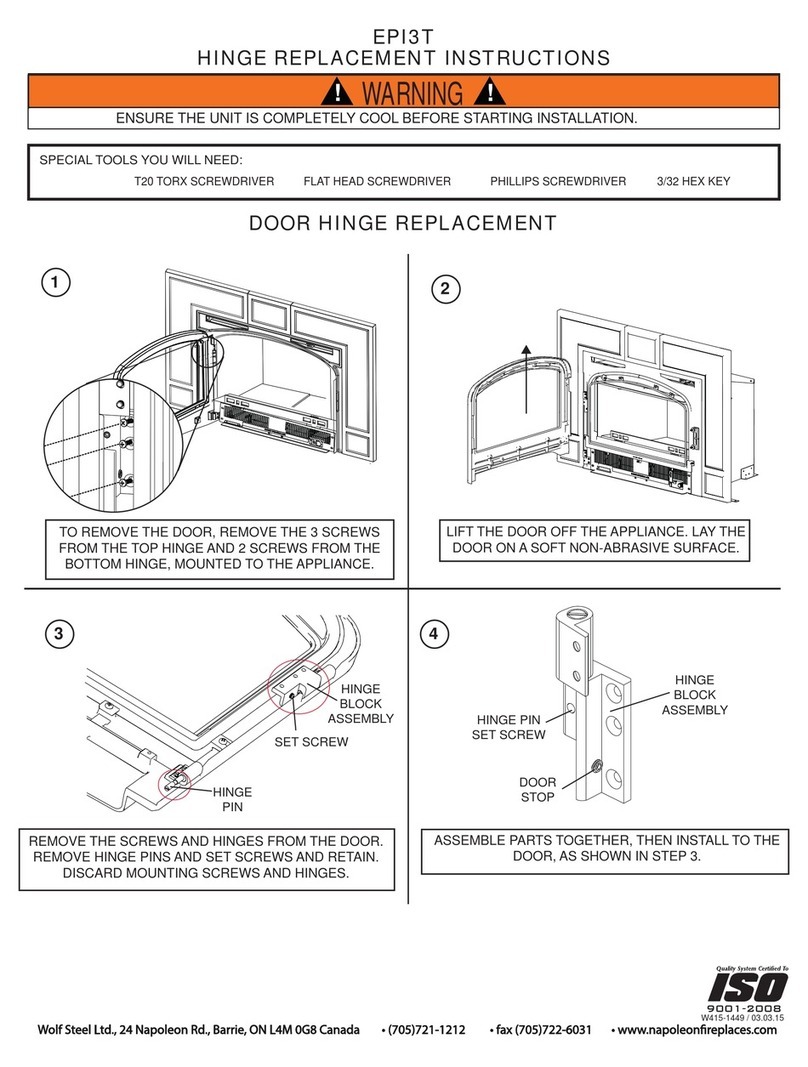
Napoleon
Napoleon EPI3T Guide
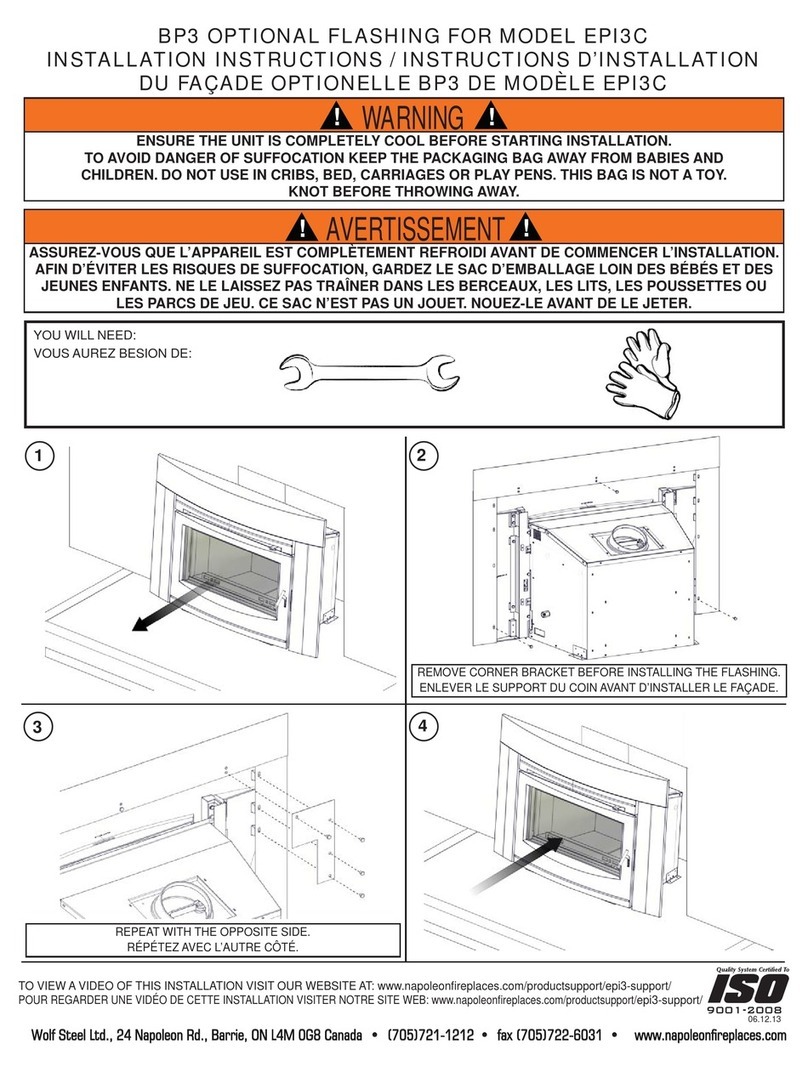
Napoleon
Napoleon EPI3C User manual
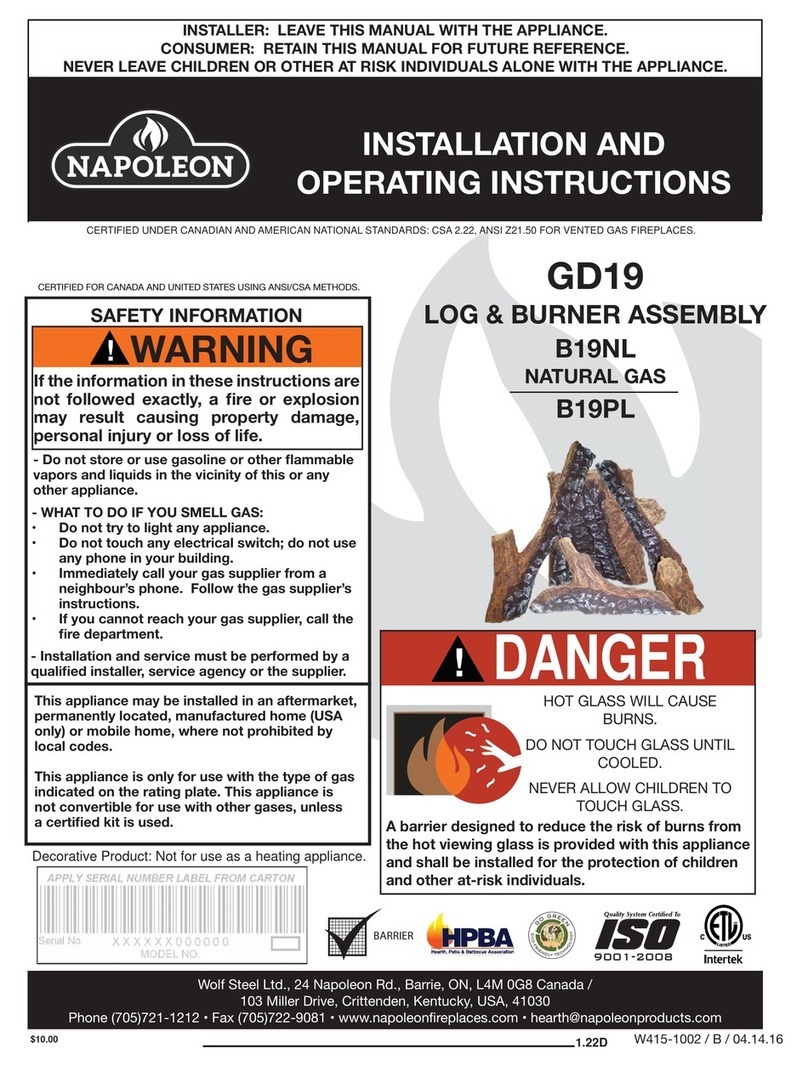
Napoleon
Napoleon GD19 User manual
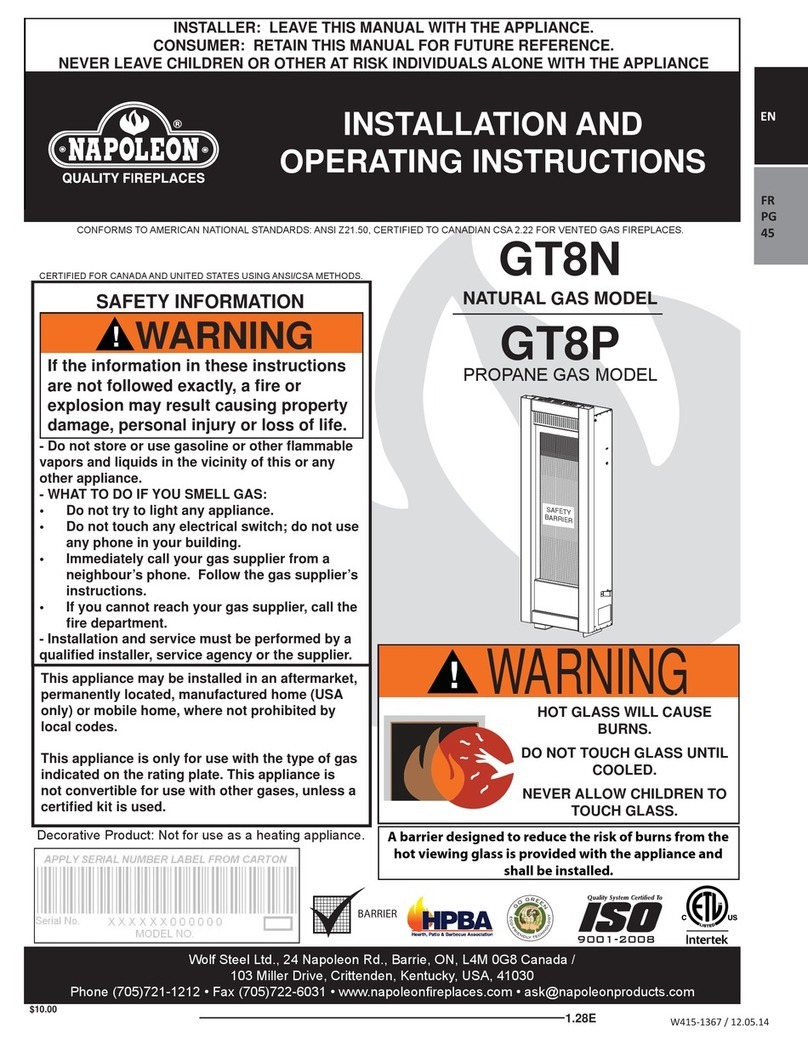
Napoleon
Napoleon GT8PSB User manual
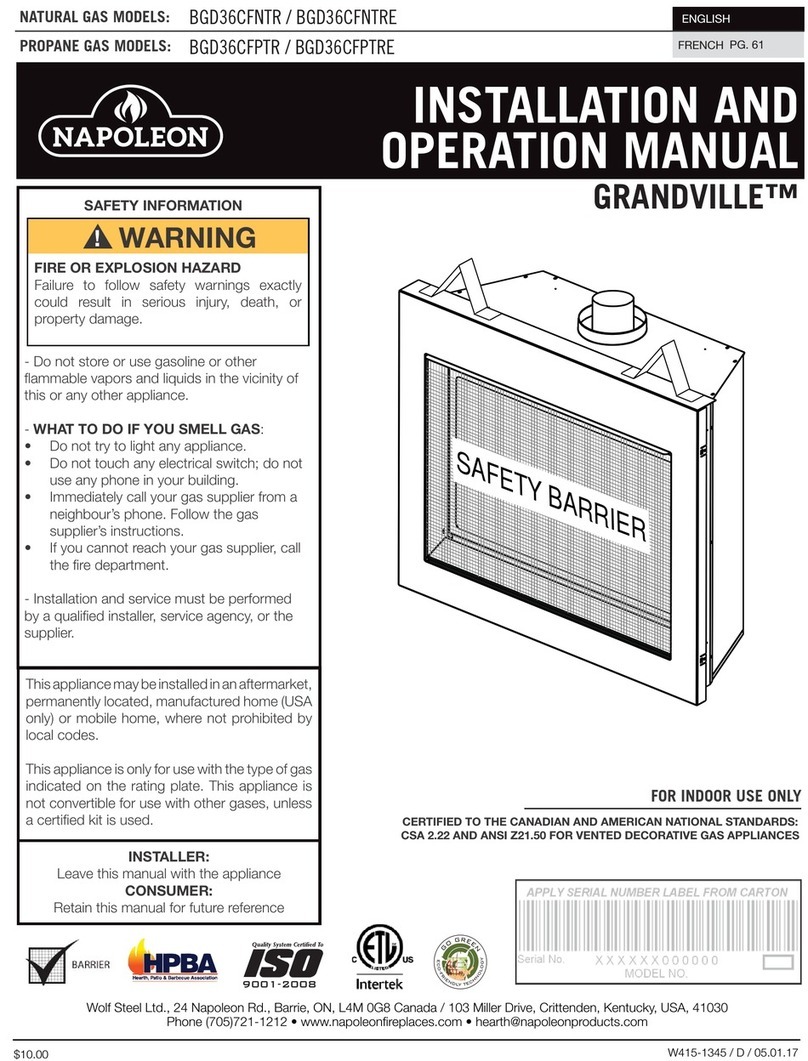
Napoleon
Napoleon BGD36CFNTR User manual
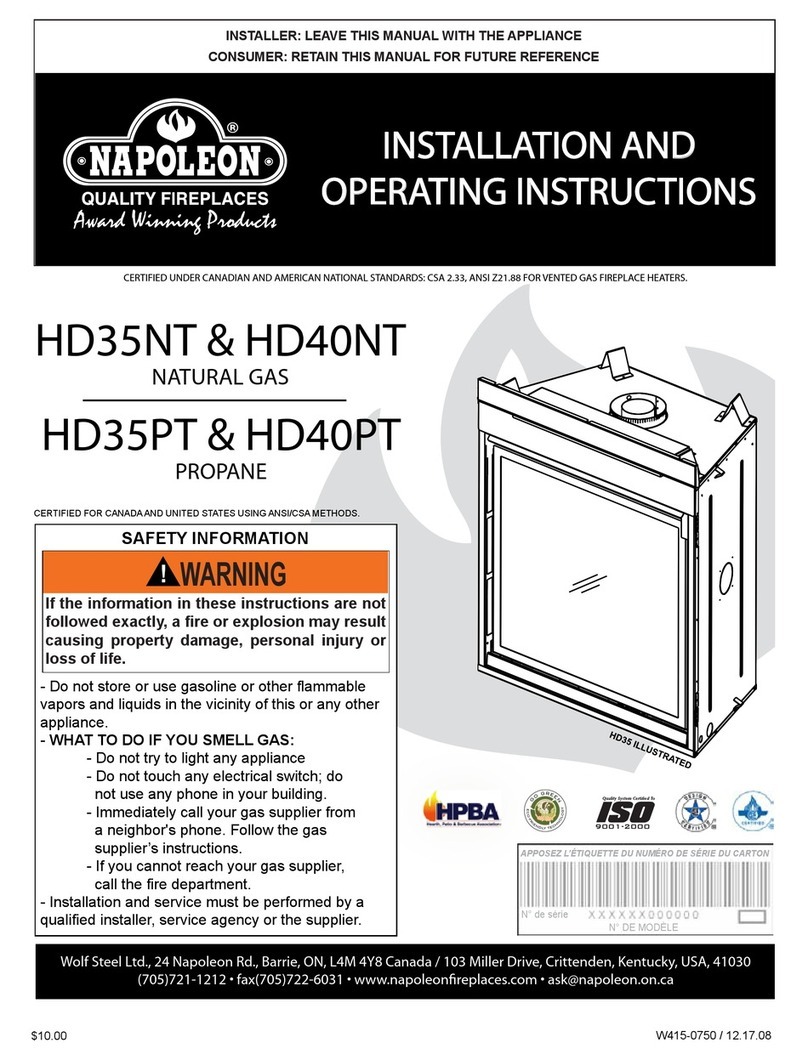
Napoleon
Napoleon HD35NT User manual

Napoleon
Napoleon B42NTRE User manual
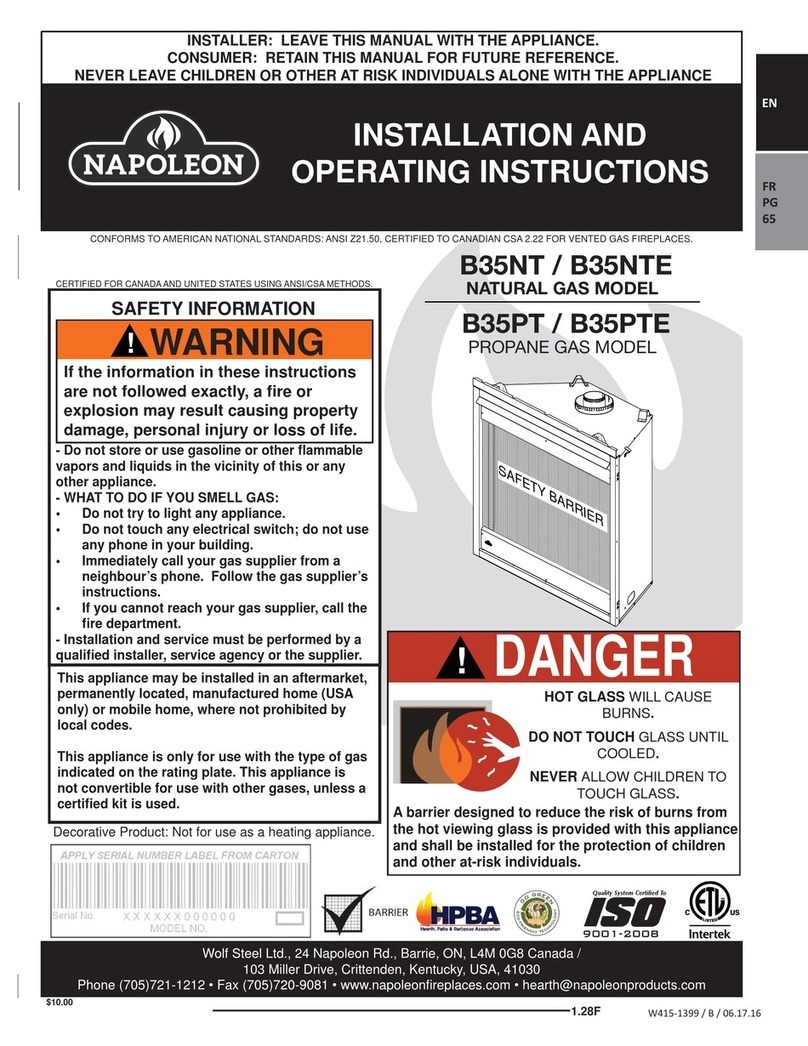
Napoleon
Napoleon B35NTE User manual
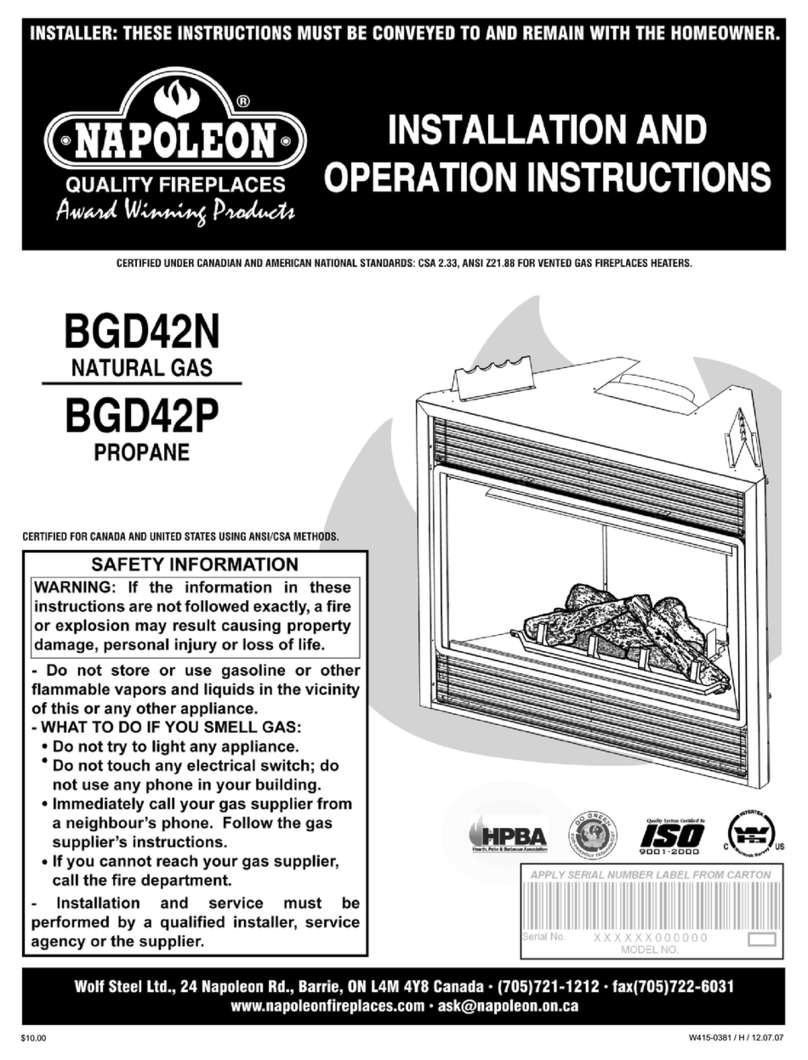
Napoleon
Napoleon BGD42 User manual
Popular Indoor Fireplace manuals by other brands
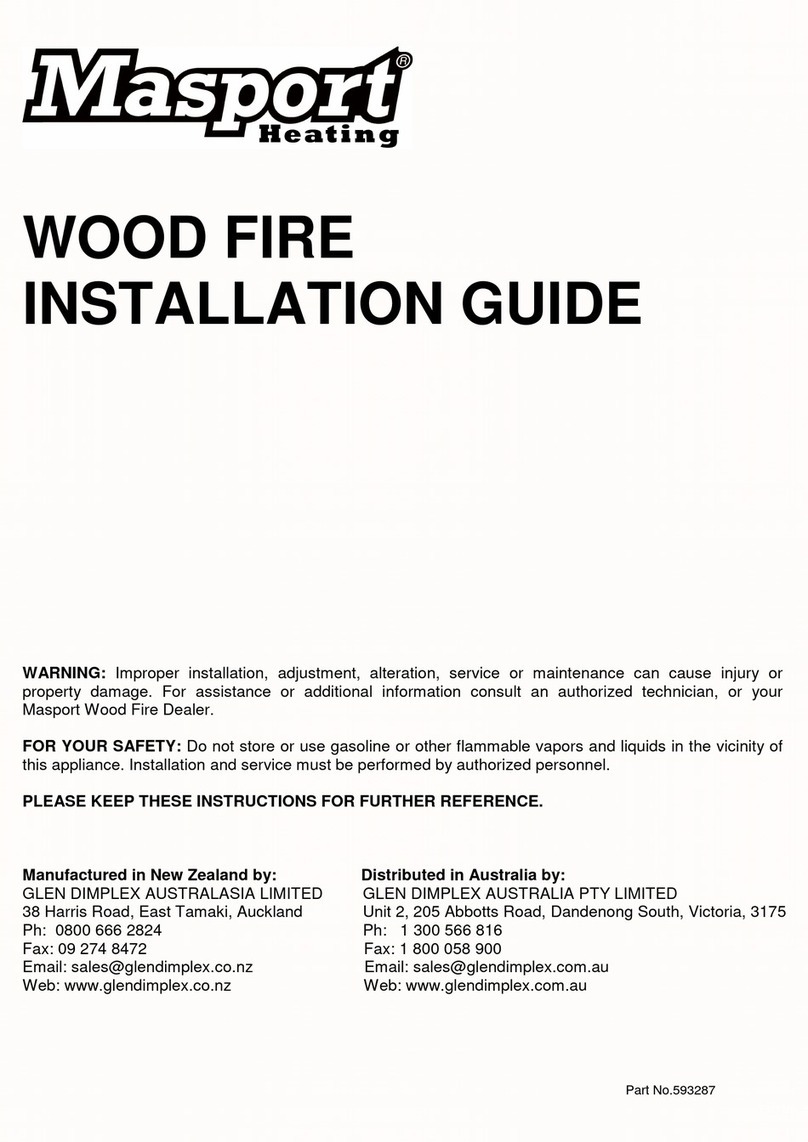
Masport
Masport WOOD FIRE installation guide
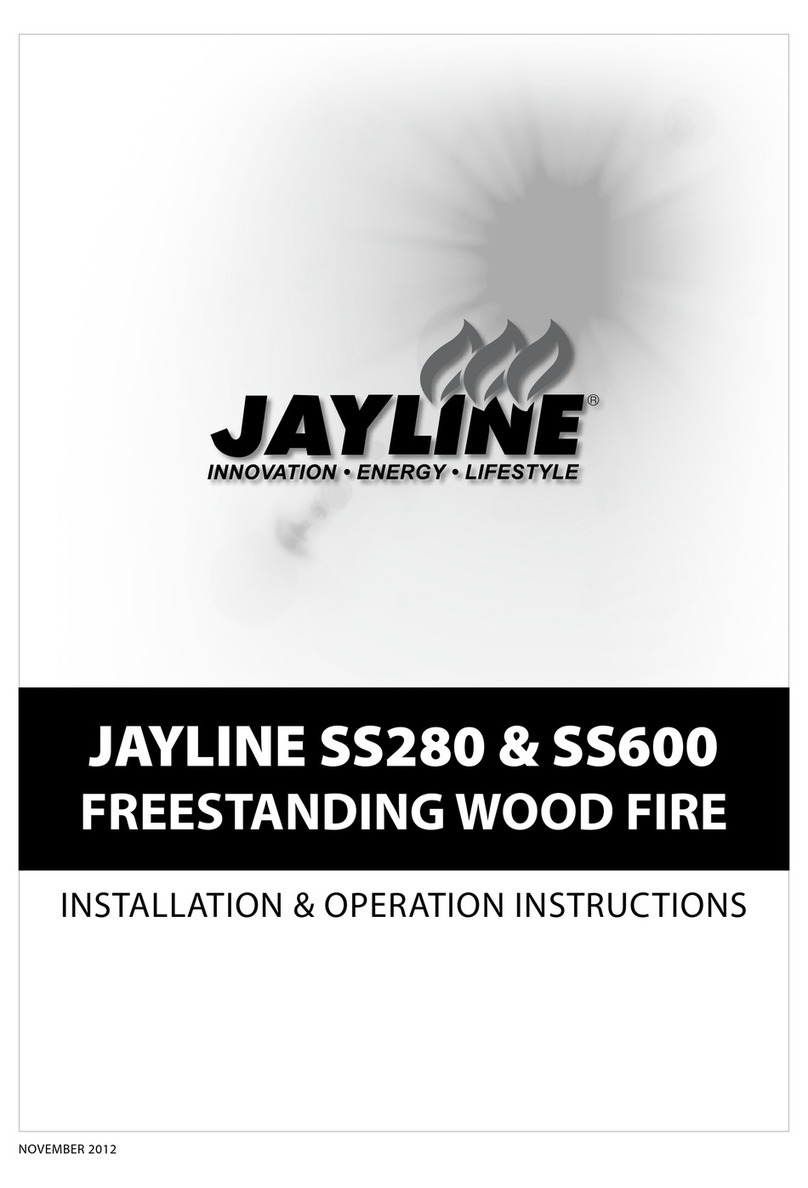
JAYLINE
JAYLINE SS280 Installation & operation instructions
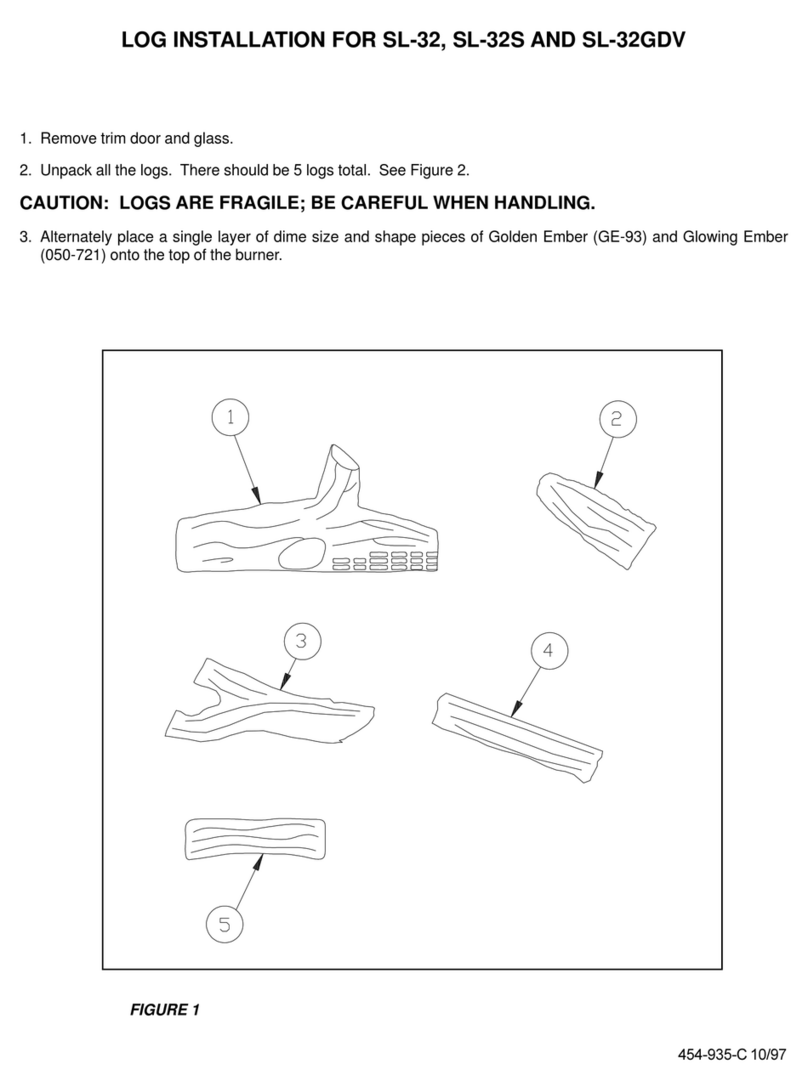
Heat-N-Glo
Heat-N-Glo SL-32S Installation
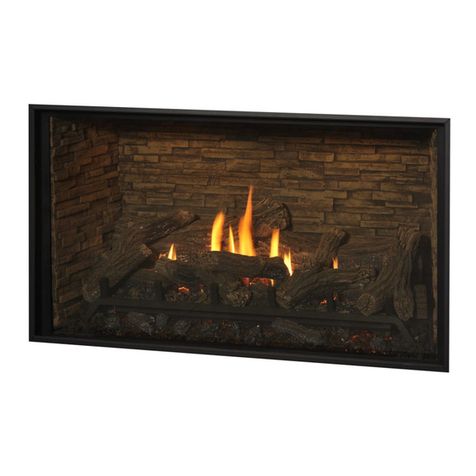
kozy heat
kozy heat Bellingham 52 quick start guide

Paragon Fires
Paragon Fires ROOM SEALED INSET LIVE FUEL EFFECT GAS FIRE owner's manual
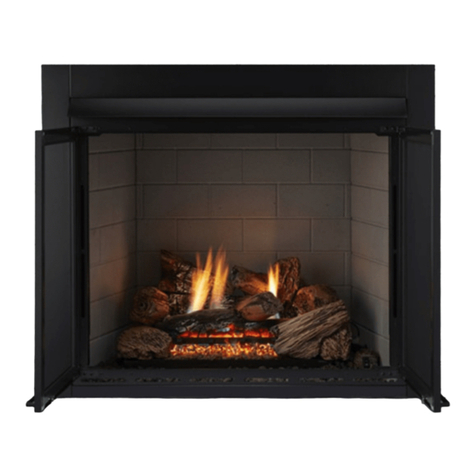
Monessen Hearth
Monessen Hearth LCUF32CR-B Installation & owner's manual

PuraFlame
PuraFlame Galena owner's manual
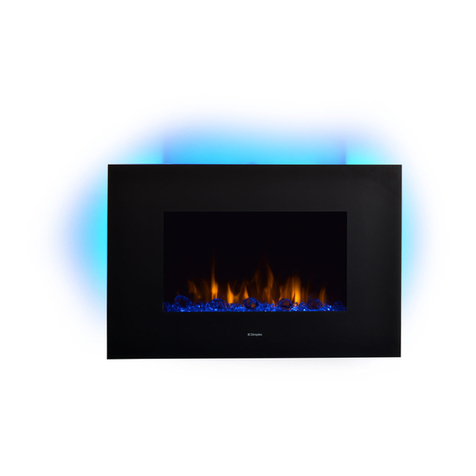
Dimplex
Dimplex Toluca Deluxe instruction manual
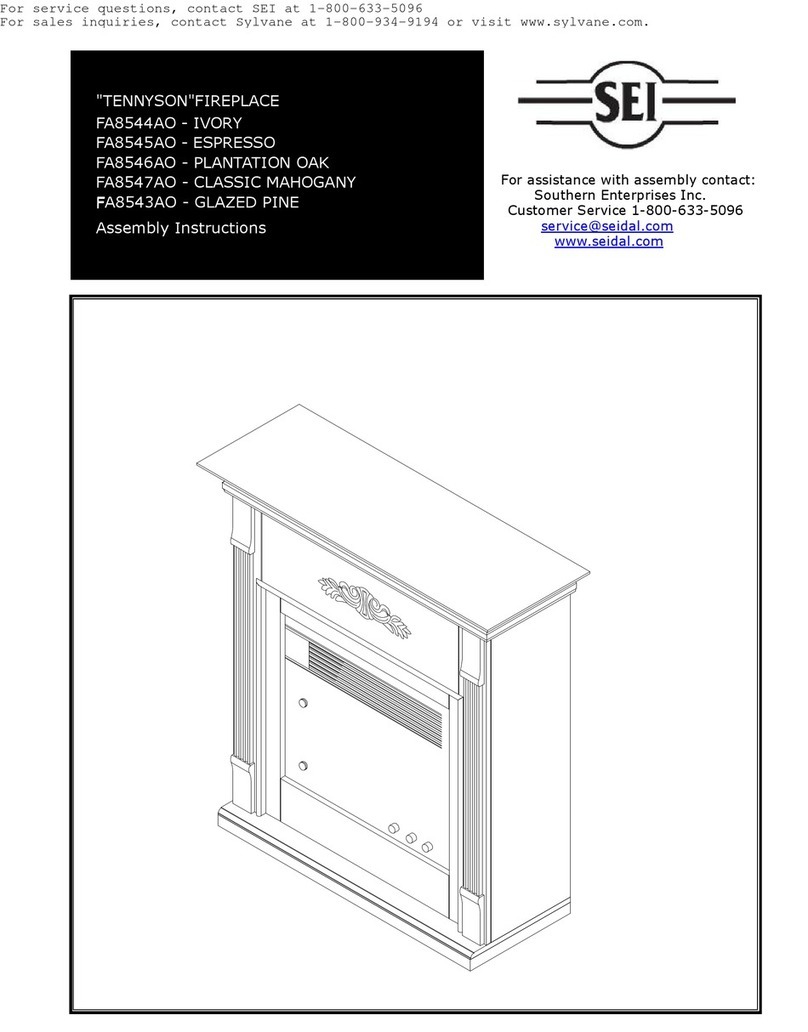
SEI
SEI TENNYSON FA8544AO Assembly instructions
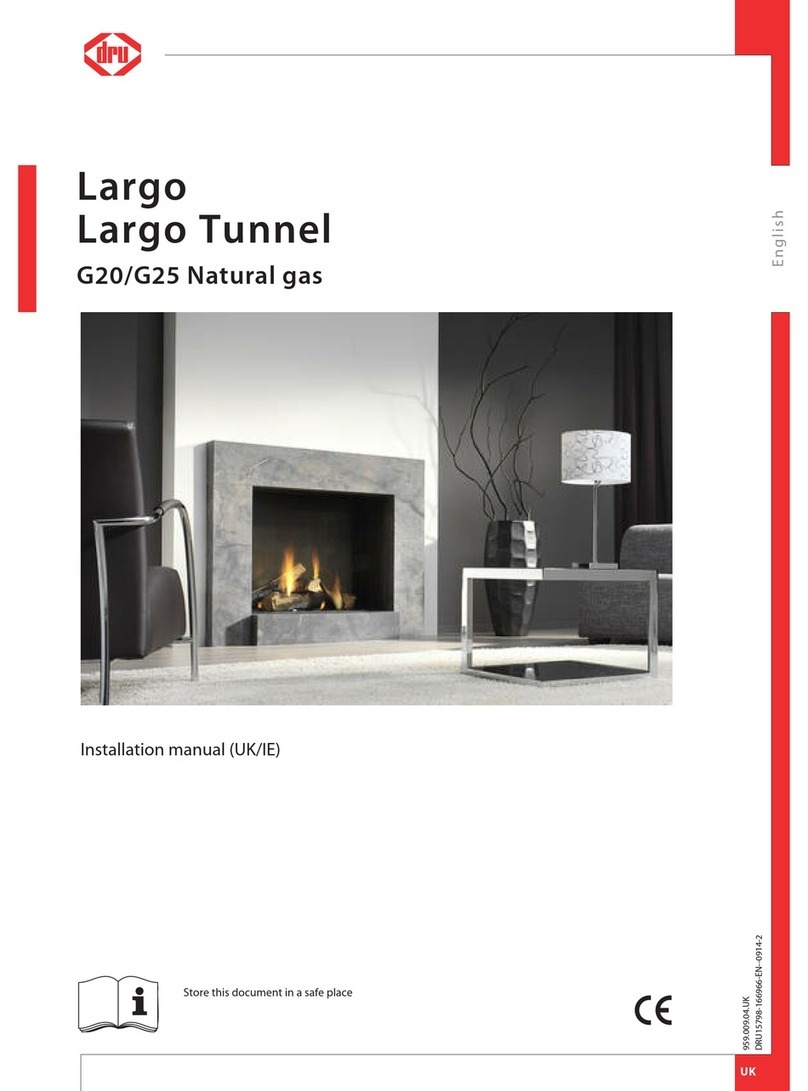
Dru
Dru G25 installation manual

Capital fireplaces
Capital fireplaces Designline DL700 Installation and user instructions
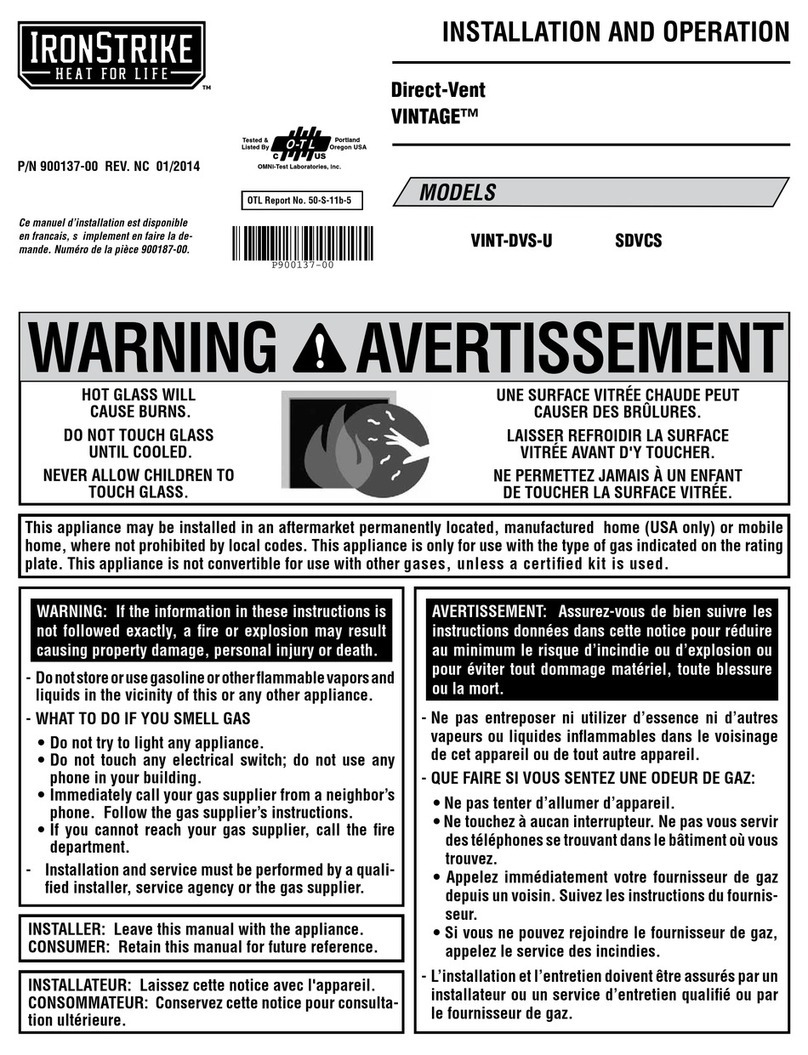
IronStrike
IronStrike VINTAGE VINT-DVS-U Installation and operation

ACR Heat
ACR Heat HERITAGE N25 Installation and operating instruction manual
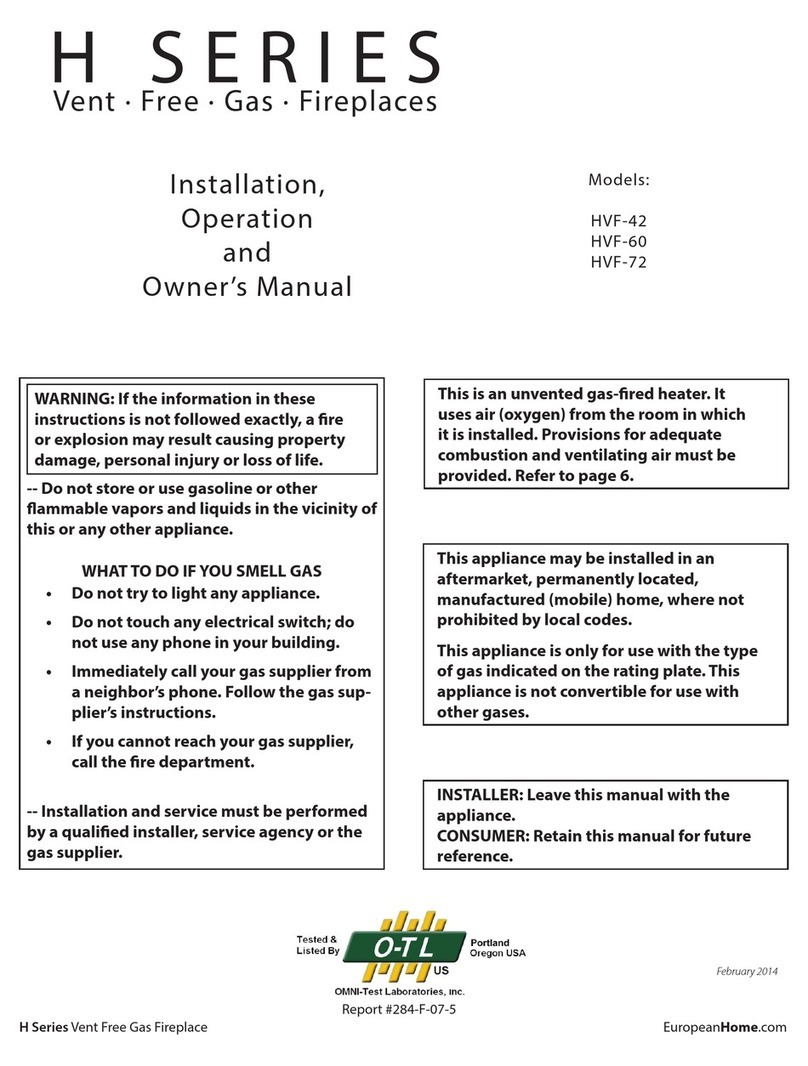
European Home
European Home HVF-42 Installation, operation and owner's manual
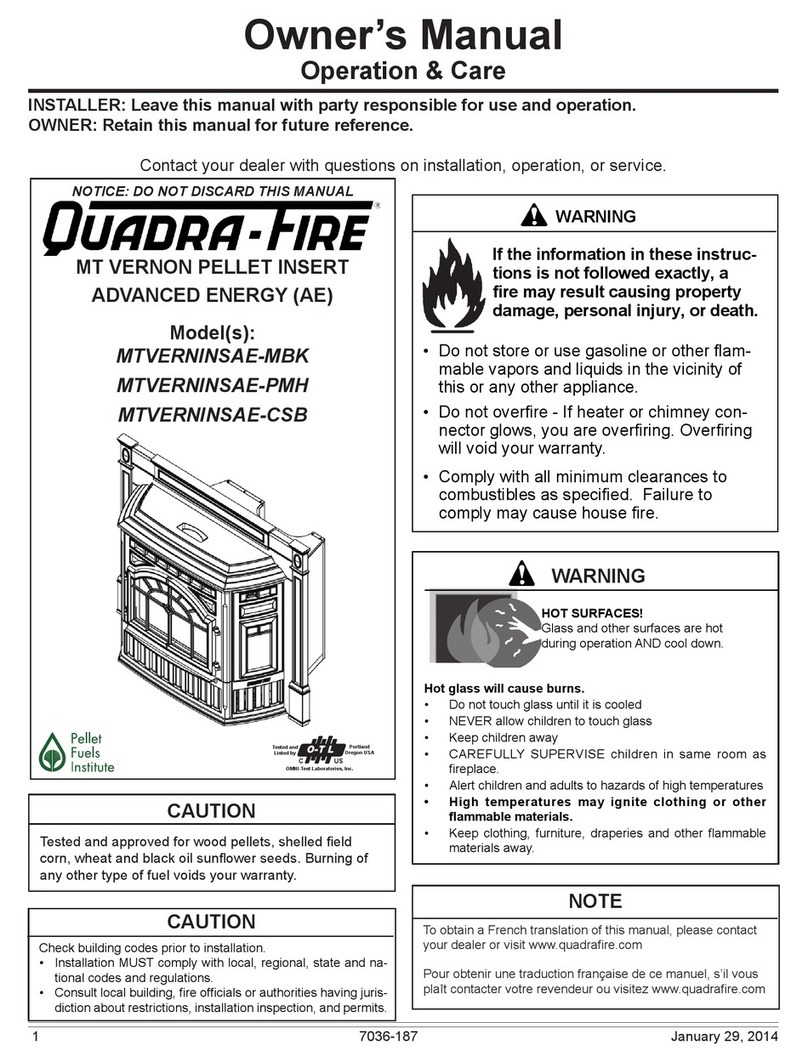
Quadra-Fire
Quadra-Fire MTVERNINSAE-MBK Owner's manual operation & care
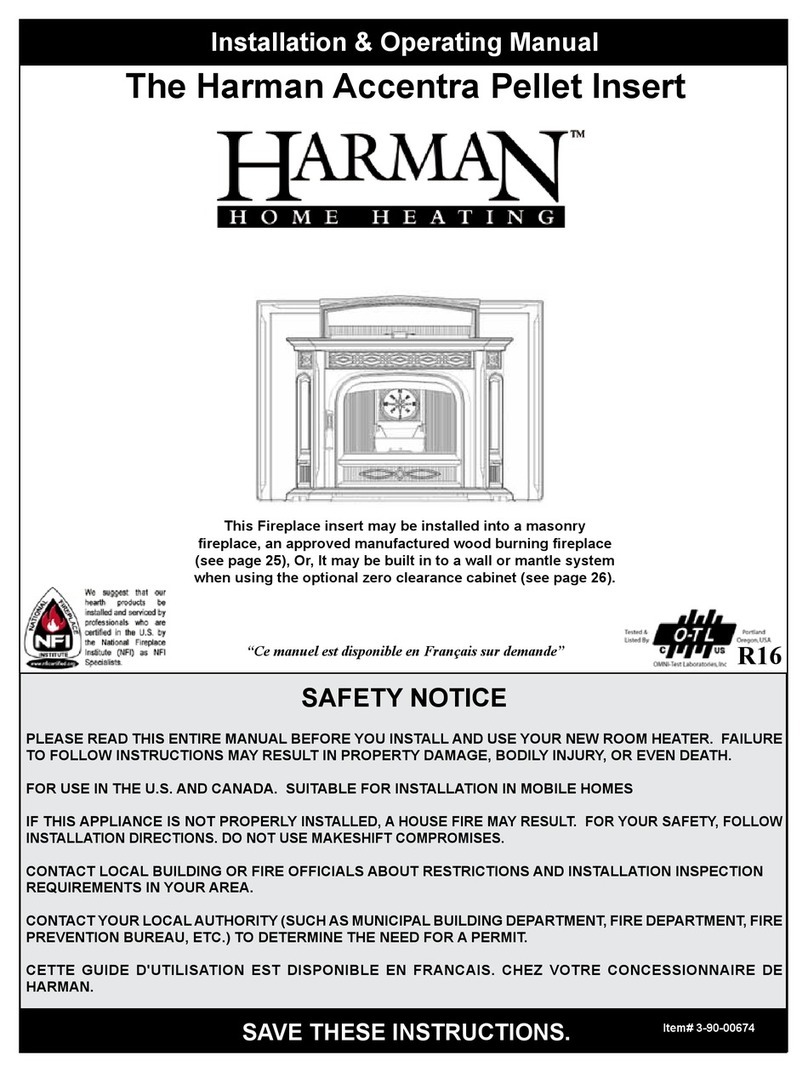
Harman Home Heating
Harman Home Heating Accentra Insert Installation & operating manual
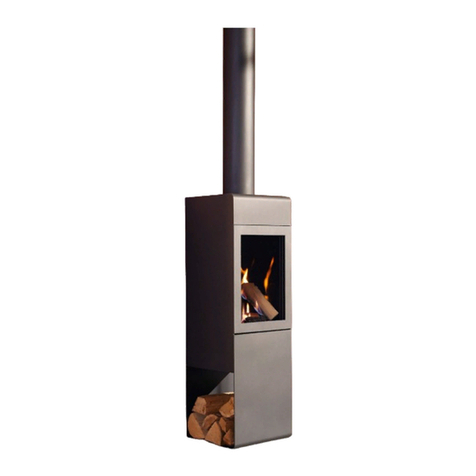
Trimline Fires
Trimline Fires Zircon 1024 installation instructions
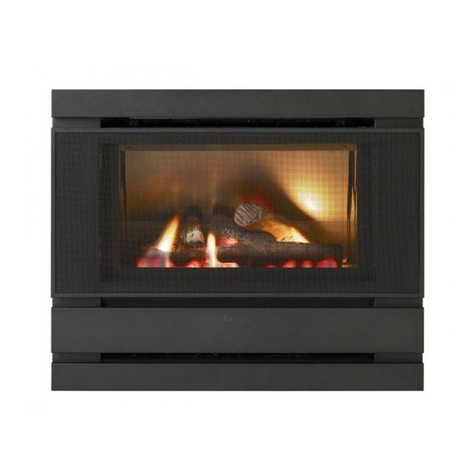
Cannon
Cannon Fitzroy Inbuilt installation instructions

